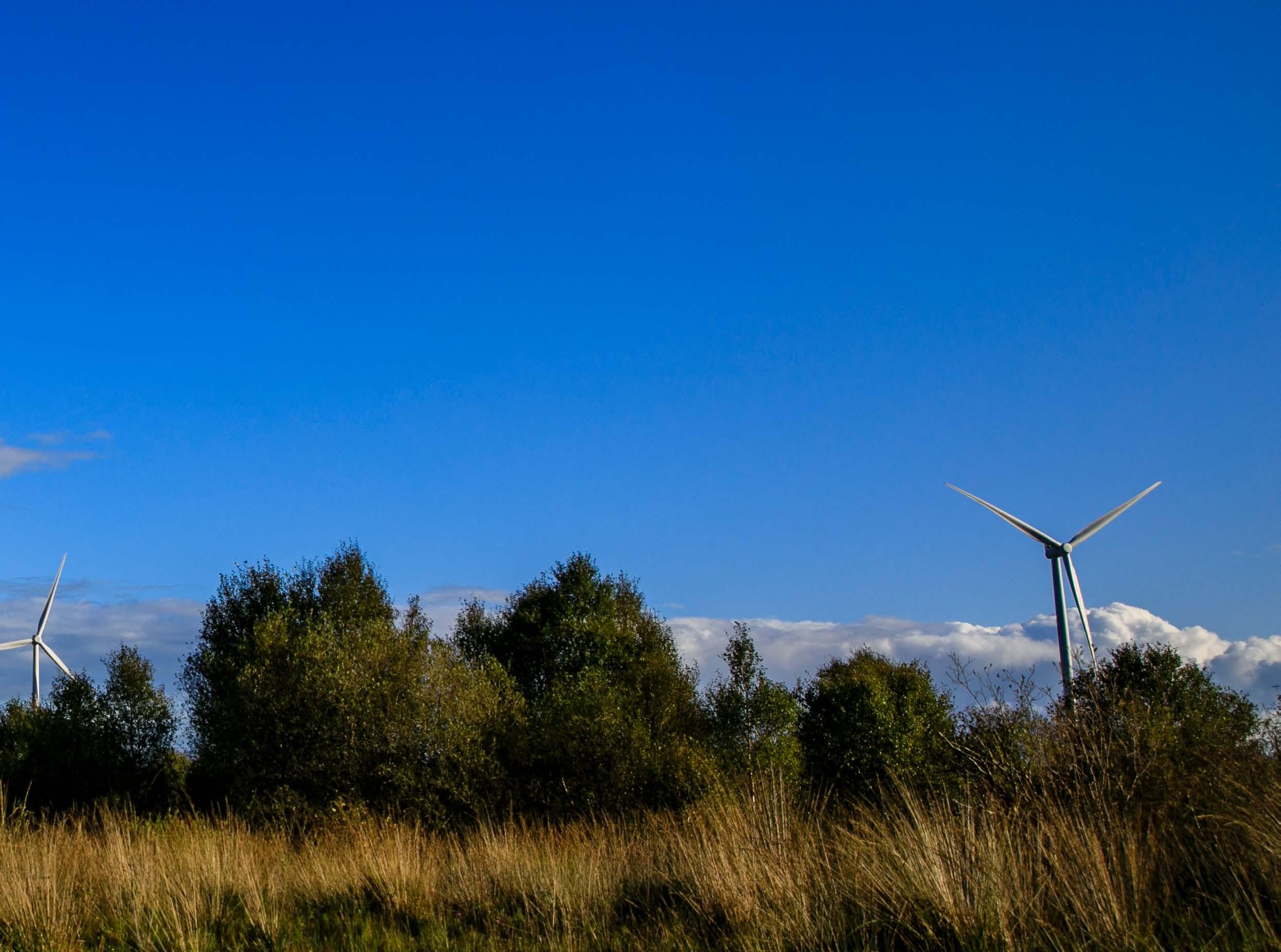
4 minute read
The Future of Ireland’s Electricity System
The future of Ireland’s
ELECTRICITY SYSTEM


In March EirGrid and the Minister for the Environment, Climate and Communications Eamon Ryan TD launched a nationwide consultation on the future of Ireland’s electricity system.
EirGrid, as operator of the national electricity grid, announced it was seeking feedback on Shaping Our Electricity Future; a new initiative that details fresh approaches to developing the electricity grid in order to meet ambitious 2030 renewable energy targets.
The initiative is EirGrid’s response to the Government’s request that it transforms the electricity system in anticipation of a future without coal, oil, new peat and ultimately one with net zero emissions. Specifically, EirGrid must redevelop the grid to manage 70% of Ireland’s electricity coming from renewable sources by 2030.
Shaping Our Electricity Future comprises four approaches to achieving this, as well as meeting the projected increase demand for electricity over the coming years.
Each of the four approaches requires numerous investments in network development projects throughout the country, with costs ranging from €500 million to €2 billion. There are some foundation projects that are common to all four approaches and the final plan is likely to include elements of all approaches, strongly led by one of them. Mark Foley, EirGrid Group Chief Executive, said: “The grid requires unprecedented change in the next ten years. This transition to clean electricity will affect everyone in Ireland and will unquestionably be difficult, however the benefits will be truly transformative at both a societal and an economic level.”
The Kildare-Meath Grid Upgrade is a key project that will enable EirGrid achieve its goals.
The project is a high-capacity connection between Dunstown substation in Kildare and Woodland substation in Meath. These two substations are the endpoints for two high-voltage power lines from Moneypoint in Clare, which are used to transport large volumes of renewable energy from the west across the country to the east coast.
The project will help to more effectively transfer this power and distribute it efficiently within the electricity network in Kildare, Meath and surrounding counties.
The Kildare-Meath Grid Upgrade will also help meet the growing demand for electricity in the east of the country. This growth is due to increased economic activity and the planned connection of new large-scale IT industry infrastructure in the region.
EirGrid last year wrote to 57,000 homes across Kildare and Meath seeking feedback on five technical solutions for the project. The five options were connecting and ‘up-voltaging’ two 220 kV overhead lines; a new 400 kV overhead line; a new 220 kV underground cable; a new single 400 kV underground cable; and a new 400 kV underground cables along two separate routes.
Earlier this month, following extensive local engagement and a multi-criteria assessment, EirGrid announced that the single underground cable emerging as the best-performing option.
Michael Mahon, EirGrid chief infrastructure officer, says: “Earlier studies indicated that the ‘up-voltaging’ solution was the emerging best performing option, with the single underground cable as the best-performing alternative.
“When we studied the ‘up-voltaging’ option further, we found that to carry out the necessary works on the line would require longer outages where it would be out of service. This would extend the timeline for delivering and negatively impacted its assessment. We examined the single underground 400 kV cable further by undertaking more in-depth studies and found that it could be constructed in a narrower trench than we had assumed before. This would result in a more efficient construction timetable.”
In the meantime, the Kildare Meath Grid Upgrade has moved into Step 4 of EirGrid’s six-step process for developing grid projects. This involves identifying where exactly the project should be built.

Where feasible, EirGrid aims to install the underground cables in the public road network, as opposed to through private lands. This approach allows for easier access if the cable needs to be repaired or for regular maintenance.
The cable route, while not yet designed, is likely to require the use of regional and local roads and will involve crossing the national road network.
Michael Mahon explains: “Discussions with key stakeholders, such as local authorities and Transport Infrastructure Ireland, will be required in the coming months before it is able to confirm a specific route for the project. However, we will consider cross country routing where significant constraints and potential adverse impacts arise.”
The electricity cable will be laid in a trench with a width of up to 2.5 metres. EirGrid will also need a temporary working area to carry out the installation.
There will be local traffic restrictions while the cable is being laid. EirGrid says it will explore options such as passing bays at certain locations to reduce the impact to traffic and communities during the cable installation works.
Over the coming months, the project team will develop route options between the two substations and seek feedback on them. It is anticipated this round of consultation will take place from September for a 12- week period. A community forum is currently being established on this project. The forum will be made up of community representatives and will act as an on-going engagement space between the community and the project team.
Michael Mahon adds: “The responses to last year’s consultation will help us plan and manage our consultation and engagement in the next step of the project. We are grateful to everyone who provided feedback and look forward to the next phase of engagement on this key project.”
Further information on the technology selection can be found in the Best Performing Option Report, and community forum. Further information on the project can be found in our Spring 2021 update, available at eirgridgroup.com.









